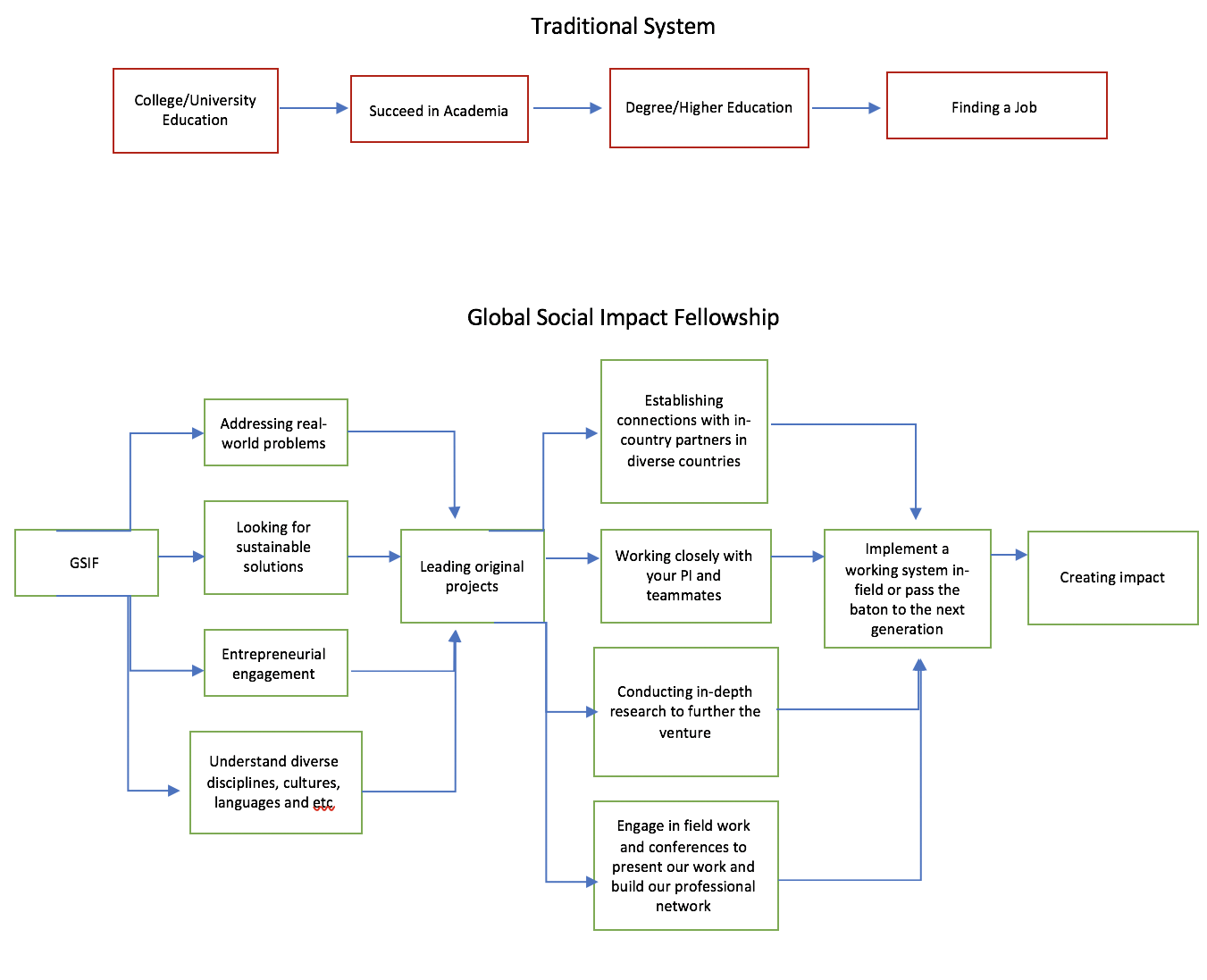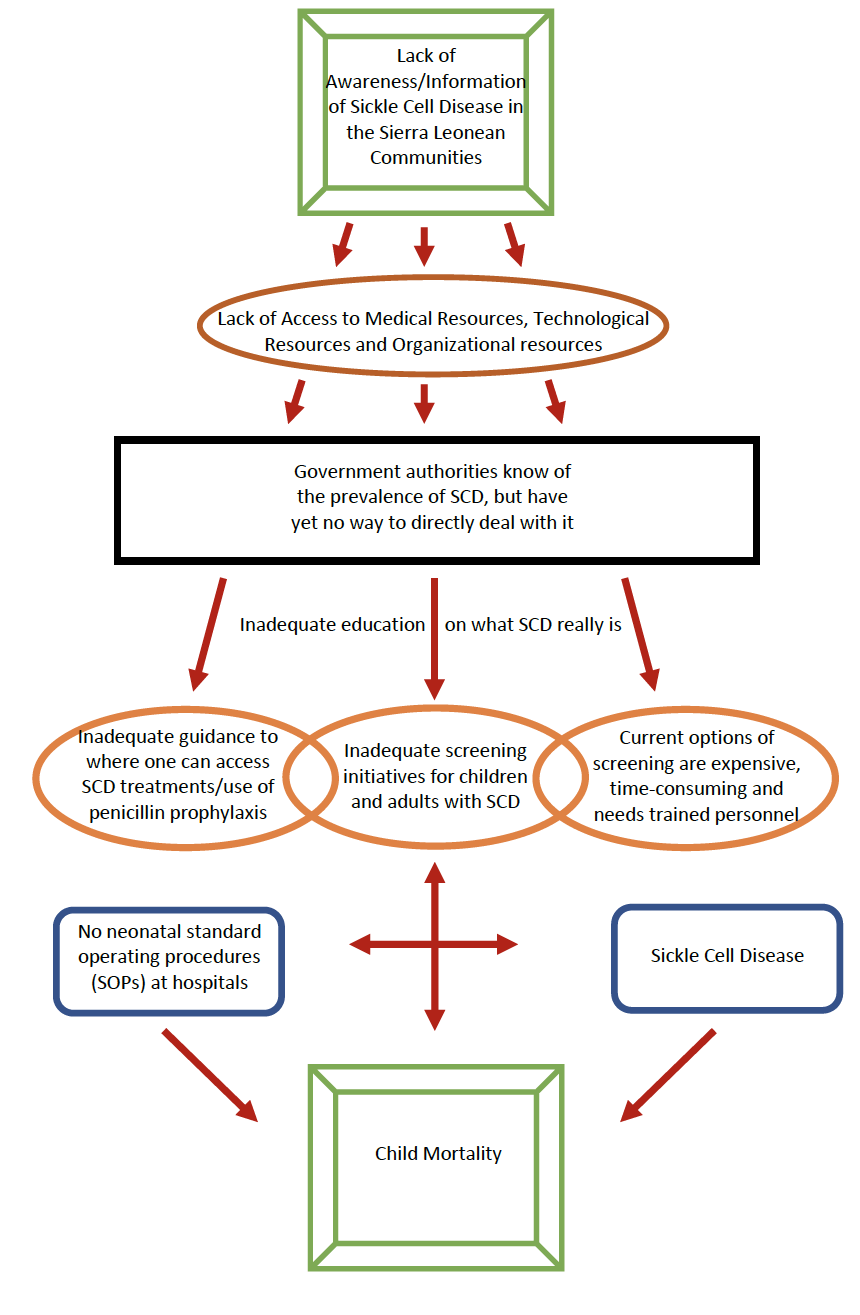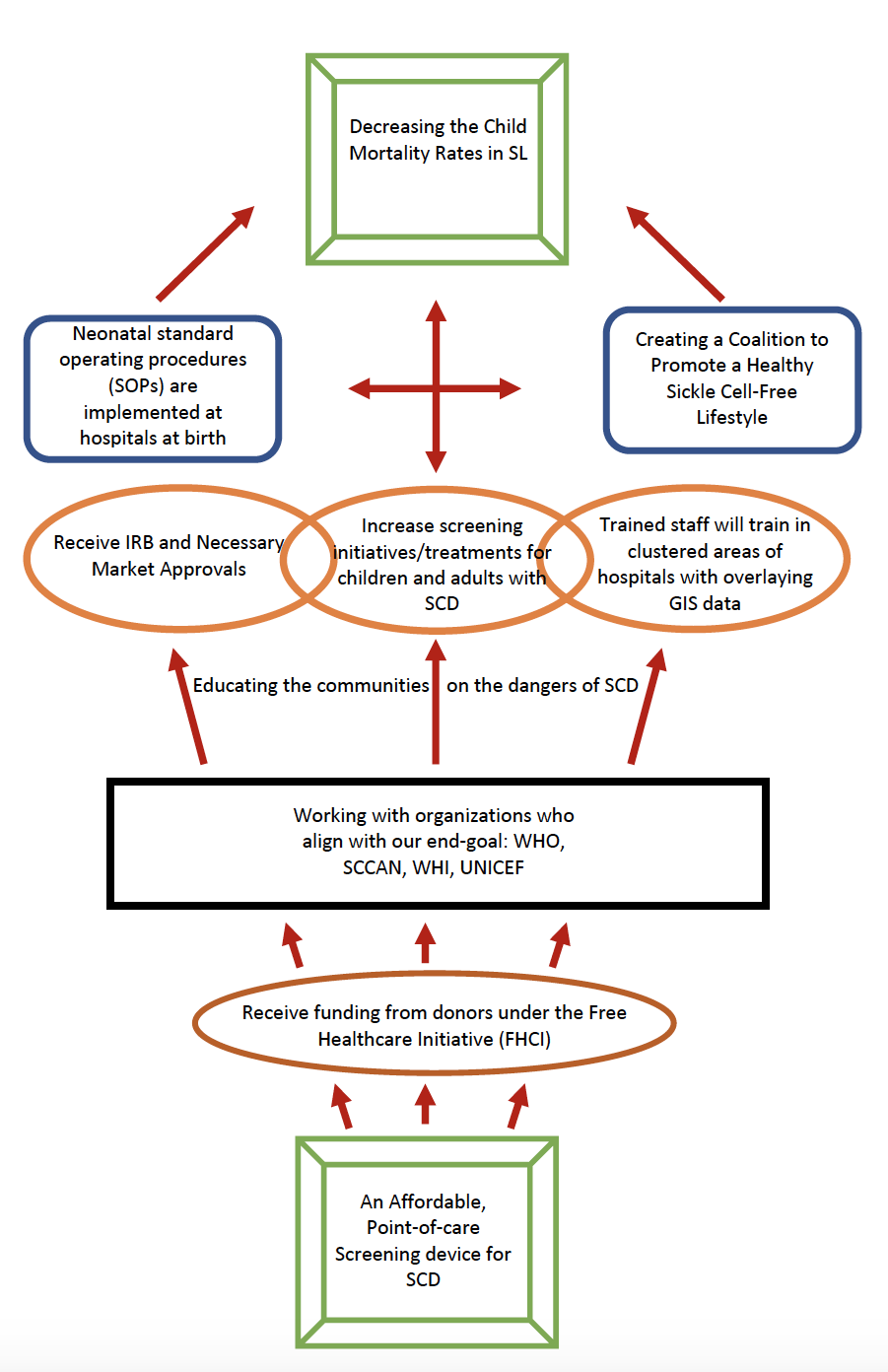Living an Impact-Focused Life
What’s your Why?
I believe I was put on this earth to:
Do something impactful to environment, society and ohers and to do something that makes me feel fulfilled.
My purpose is to:
Make an impact on some aspect of society.
I believe (my core values):
Humility
Integrity
Being Genuine
The one thing I must do before I die is:
Accomplish my goals to be remembered fondly.
My advocates and supporters all believe I am:
Hardworking
Inquisitive
The evil I want to eradicate in this world is:
People who care about nothing but themselves
I want to work in order to:
Support my family, my loved ones and make an impact on people’s lives.
Walk the Talk – Your How
If you are truly committed to your Why, you show it in your everyday behavior. It is all air until you do it. Working from your Why, How do you prove that you are true to your Why in all you do?
I always:
Ask questions to fully understand topics, complete my work on time and will always contribute greatly towards something I am truly passionate about. I also try my best to be understanding and empathetic to people and problems.
I never:
Do things just to get them done. Especially if I am passionate about something, I will always put my all into it.
My work style is:
Confusing to some people, but it works for me. There are a lot of people who cannot pull off my work hours, but it is a style that has served me well through my academic and working career so far. I am not a procrastinator, but I work best in the later hours of the day.
I try to treat people:
The way I want to be treated. My karate sensei has ingrained this mantra into my head since I was little.
I approach problems by:
Identifying the stakeholders, looking at the problem from several different perspectives and by brainstorming/bouncing out ideas off my peers before attempting to create solutions. There is a lot that goes into approaching problems before you get to the solution.
Victories are time to:
Congratulate yourself for the accomplishment but being ready to push on to the next step/next goal.
If another attacks my point of view I:
Use their logic to strengthen my idea or, through listening, realize I may have been approaching a problem from a less efficient angle.
If I fundamentally do not agree with what an organization or person is doing, I will:
Call them out on it. I believe that I am a fairly blunt person as it gets things done more efficiently. If I believe something that someone is doing is wrong, I will tell them so we can discuss what they are doing, and if it is wrong, they can change it right away.
Your Credibility – Your Whats
You have just spent some considerable time at Lehigh, and specifically in the Global Social Impact Fellowship, on many whats. Your whats include lab research, formal presentations, writing research papers, engaging with people in other cultural contexts, building prototypes, designing and building systems, raising funds, hiring employees, etc. The whats you have collected along the way are critical to your credibility when you are entering the workforce or applying to the best graduate and professional schools. They signify a credible currency to which organizations can assign value. Create a list of your Whats that are truly reflective of your Why & How. You did these things because you believe (Why) and you acquired them in the following (How) manner. These are examples you can use in interviews.
| What Have I Done |
List of Experiences, Accomplishments, and Lessons Learned |
| Degrees, Minors, Certificates, Fellowships |
Majors: Finance and Chemical Engineering
Minors: Business Spanish
Certifications: Yellow Belt Six Sigma
Fellowships: GSIF
|
| Research Experiences
|
Nathan Wittenberg
GSIF Sickle Cell Disease Diagnostic Device
|
| Inventions and Innovations
|
SCD Device
Hippo Roller (High School STEM accreditation project)
|
| (Social) Entrepreneurial Ventures
|
Global Social Impact Fellowship
|
| Publications
(Formal and Informal)
|
BMES, GHTC IEEE
|
| Formal Presentations
(at Lehigh and Beyond)
|
IBE, GSIF, Click Therapeutics Inc. |
| Awards and
External Recognition
|
Yellow Belt Six Sigma Certification, Deans List,
|
Articulating and learning from GSIF-related Experiences. For each of these prompts, we want you to identify one and only one specific and compelling event/incident/experience/moment and identify exactly how you grew personally and professionally through that moment.
| Teamwork Experience
(and Lessons Learned)
|
At Lehigh University, especially bio/chem engineers, most people have many credit hours of work on top of various extracurriculars. Time Management, as I have learned through GSIF and several other programs, may be the most important soft skill. Tiffany, Maria and I have to balance our time to go to the lab together while Tiffany and I prepare for our next presentation and while Tiffany, Dream and I are working on a poster for a conference. Setting up schedules ahead of time is crucial to successfully managing your time.
|
| Conflict Resolution Experience
(and Lessons Learned) |
The Sickle Cell Anemia is one of, if not the greatest team I have even worked with. Every member of the group is a smart, dedicated and passionate individual. The only conflicts that ever occur are the discussions when editing a paper or a presentation. I have learned through GSIF that listening to someone’s point and asking for further clarification is the best strategy. The more you make someone explain their idea, you will either realize their point is better thought out than yours, or you’ll see its flaws more clearly.
|
| Leadership Experience
(and Lessons Learned)
|
Often we work in smaller sections in our Sickle Cell group, so collaboration is more important than leading, but being a vocal contributor is something I have excelled at in GSIF. In presentations, I love to answer questions as I am passionate and knowledgeable about the venture, and in the lab, Maria is training Tiffany and I to be the future leaders on that side of the venture as well. |
| Dealing with Chaos, Ambiguity, and Uncertainty (and Lessons Learned) |
The last semester and a half have chaos, uncertainty and ambiguity personified. However, our team maintained regular meetings, worked on many publications during the lab hiatus, and have now restarted lab activities this semester with strict protocols to ensure safety.
|
| Personally Challenging Experience (and Lessons Learned)
|
When I first joined the group, I had trouble capturing all the information about our venture. It is a somewhat complicated setup and procedure at first glance and there is a fair amount of fancy chemistry jargon used, but after asking many questions, I feel as I have gained a tight grasp on the science behind the project as well as its “Why’.
|
| Cross-cultural Experience (and Lessons Learned)
|
Unfortunately, as we have not yet traveled to Sierra Leone due to the pandemic, I do not believe I have as compelling of an answer as I would have hoped. When we go to Sierra Leone, I hope to learn about the Sierra Leonean perspective of SCD and learn how we can best help them when implementing the product there.
|
| An experience that helped you connect your GSIF work to your discipline / major.
|
The lab work I have done as well as the financial models we have created for the GSIF presentations have encompassed skills from both of my majors. Additionally, important soft skills like time management, communication and presentation have been bolstered by GSIF. |
| A moment that boosted your sense of agency and self-efficacy – you felt like you can speak for yourself, get stuff done, take on the world and make it better.
|
For our group meetings this semester, we have had a weekly presenter talk about some aspect of the project to the group in order to ensure they understand it fully. My performance on this presentation, combined with the added work and trust I was getting in the lab made me feel like a leader for the team and made me even more passionate for this project. |
| A moment where you felt like you truly have a strong sense of purpose and belonging in this dynamic, globalized interdependent world.
|
I truly feel great with this team. I work well and enjoy the company of my peers and we get things done efficiently and intelligently as a group. I believe in the impact of this project and the entire team wants to see the vision of this project fulfilled. |


